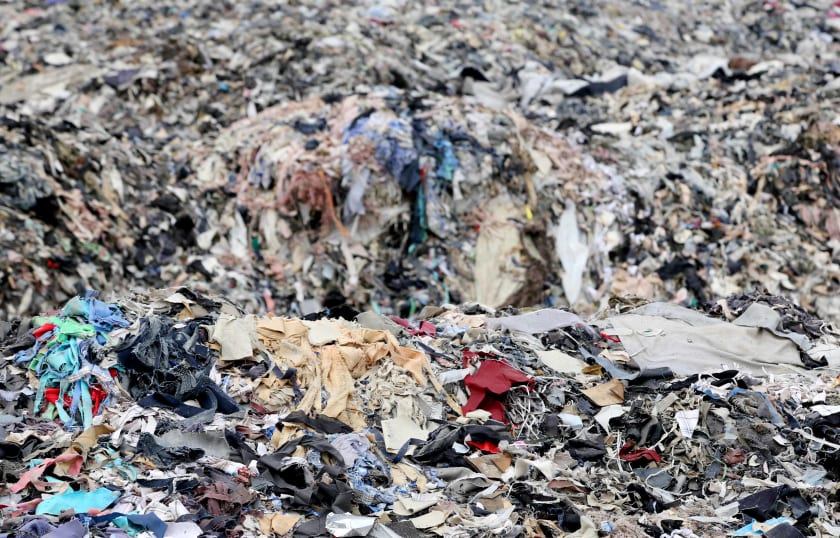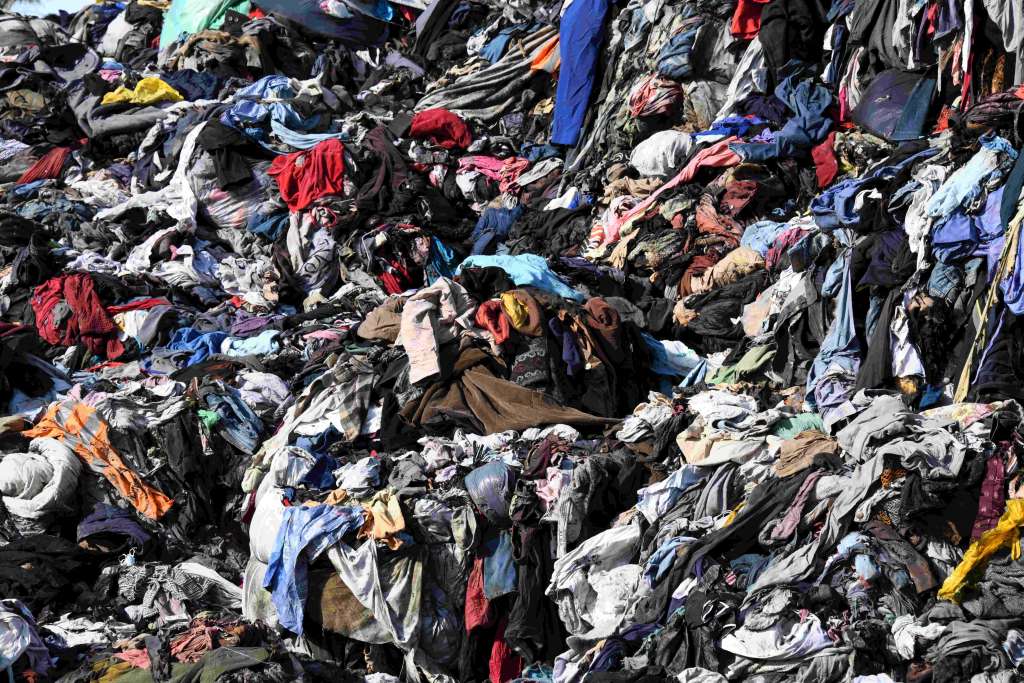Everything You Need to Know About Waste in the Fashion Industry



Summary: Fashion waste is a term used to define the different types of materials that are discarded after the manufacturing process is complete or upon the expiry of the product life cycle. Clothing waste aside, the industry is also responsible for wastewater discharge, plastic waste, and the release of toxic dyes into the ecosystems.
Fashion waste largely relates to the wastage of fabrics and garments. But there are several other wastes that the industry is responsible for. These include resources like energy and water. Non-biodegradable waste such as microfibers and plastics also account for the waste generated in millions of tons by the industry annually.
Besides these physically accountable wastes, there are process-related wastes that the industry is responsible for. These are bad inventory management, over-procurement and stocking, outdated materials, and costs of reverse logistics. These events also take a toll on the environment. Let’s find out how.
Different kinds of fashion waste (products)
Around 90 million tons of textile waste are generated by the industry every year. Of this, only 10% is recyclable and the rest ends up in landfills or dumped in the open. This is just clothing waste. There are other wastes generated by the industry. Here are some of them.
1. Manufacturing waste
Manufacturing waste mainly comprises cut pieces and textile waste during the production process. These waste materials can be upcycled and repurposed.
2. Clothing waste

One of the major components of fashion waste, clothing waste finds its way to landfills where it results in the release of greenhouse gasses that impact the climate. Slow fashion and second-hand apparel can extend the life of clothes.
3. Packaging waste
Plastics are one of the major components of packaging in the fashion industry. They are non-biodegradable and destroy animal and marine ecosystems. Switching to zero-waste packaging can help mitigate this problem.
4. Wastewater
Wastewater is a result of production techniques. For instance, producing a cotton shirt can consume up to 3,000 liters of water. Use of dyes and chemical fertilizers results in wastewater discharge into freshwater streams.
5. Toxic waste
Other than chemical dyes, the hazardous process of manufacturing artificial fibers sourced from fossil fuels such as rayon, polyester, and nylon risks the health of the workers and the environment.
6. Microfiber discharge
Plastic fibers such as rayon and polyester shed thousands of microfibers that are essentially microplastic waste. These microfibers reach the oceans and are destroying the natural ecosystems resulting in the death of marine life.
7. E-waste
An underrated waste component of the fashion industry is electronic waste, which compounds its carbon footprint. E-waste can be discarded electronic components such as monitors, computers, and mobile phones. They can also be disposed of wearable techs such as smartwatches, Point-of-sale machines and other equipment used to facilitate sales.
8. Energy wastage
The fashion industry is one of the biggest consumers of fossil fuel-based energy. Along with the other wastes, this results in the industry contributing to 10% of the total carbon effluents in the environment. Switching to renewable measures and automated logistics can help reduce the energy spent by fashion brands.

This is how process waste leaves a carbon footprint
Lean processes optimize manufacturing and distribution within an organization. Here are some of the wastage in processes, which if trimmed can help make a brand eco-friendly and profitable.
- Excess procurement: Excess procurement is a result of a lack of customer preferences and poor demand channeling. It results in overproduction and clothing waste.
- Overstocking: If your warehouses are full and sales are not proportionate, then it results in energy costs and fuel cost escalation.
- Defects in shipment: Non-compliance with the buyer guidelines can result in the entire shipment being returned. This is a waste of resources, manpower, and materials.
- Reverse logistics: High rate of RTO (Return to origin) can erode the company's bottom lines. They also require sending a package back to the warehouse resulting in fuel and energy waste.
- Idling waste: Idling goods in inventory can be a result of overproduction, high RTO, and damaged shipments. Along with expired products, these products continue to idle until they find their way to landfills or are recycled.
- Lack of human resources management: Lack of planning workers and labor can result in manufacturing delays that can yank the whole supply chain out of operational efficiency and result in time costs and waste of shipment and human resources.
It is important to cut down on product and process waste
For any clothing and apparel company, bringing down waste is a challenge. But it is necessary to reduce the impact on the environment and also make operations lean and profitable. Discarded garments and cut pieces can be brought down by optimizing the use of fabrics and promoting second-hand garments. Zero-waste packaging can help reduce the felling of trees and dependence on non-biodegradable materials such as plastics used in the industry for packaging. Retail giants like Walmart and brands like Puma and Gucci are adopting zero-waste and recyclable packaging to reduce fashion waste.
Fashinza can assist you in building a sustainable fashion brand. We can get you connected to suppliers for organic fibers, low-impact dyes and eco-friendly packaging.
To know more about low-cost recycling technology connect with us today.
Key Takeaways
- Global fashion waste is expected to cross 150 million tons in a few years. This is disastrous for the climate and is carbon-negative.
- Industry can reduce waste by adopting slow fashion, organic materials and green packaging.
- Using big data and technology can help make processes lean, supply chain robust and logistics effective reducing wastage of human resources and energy.



















